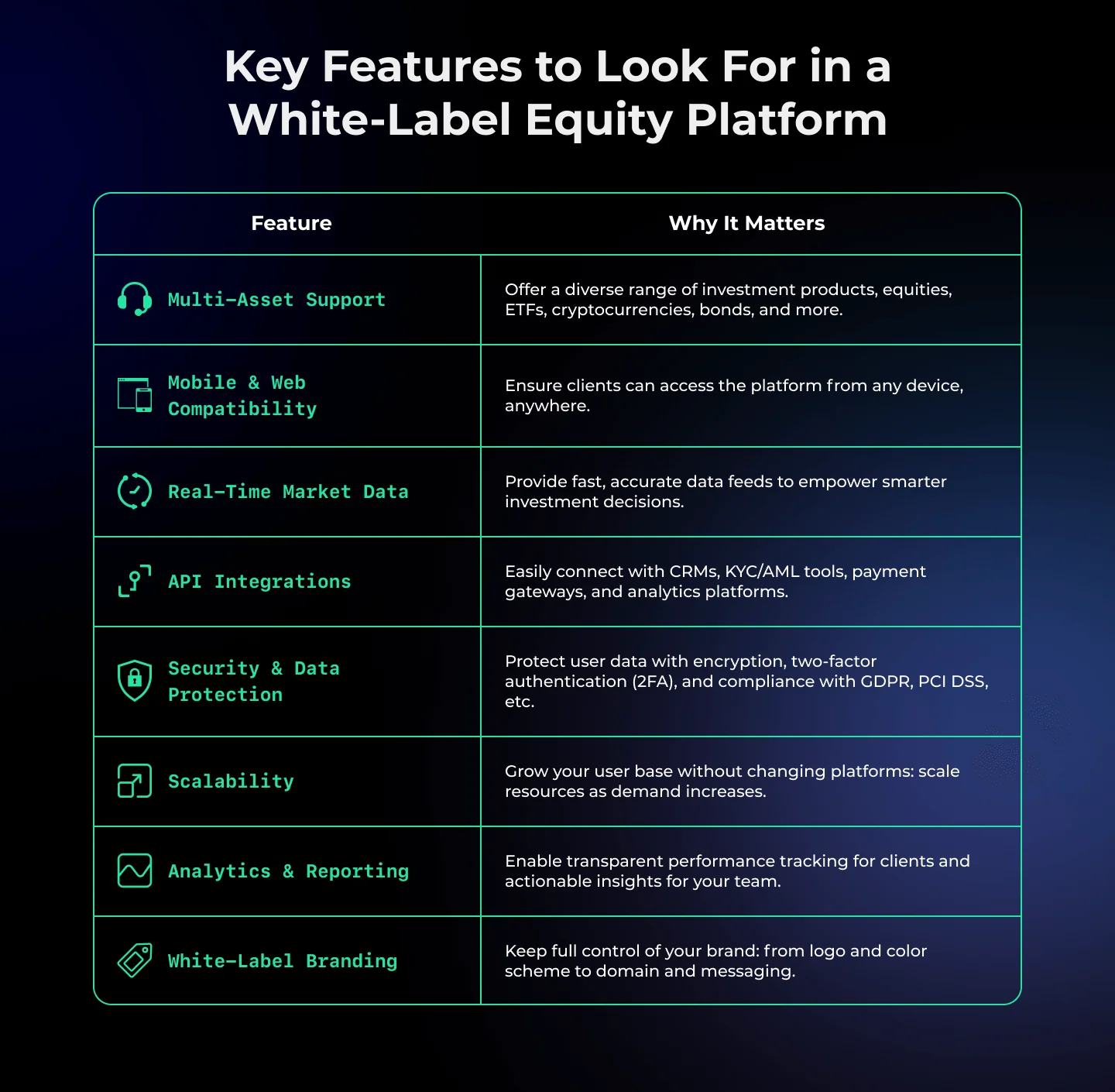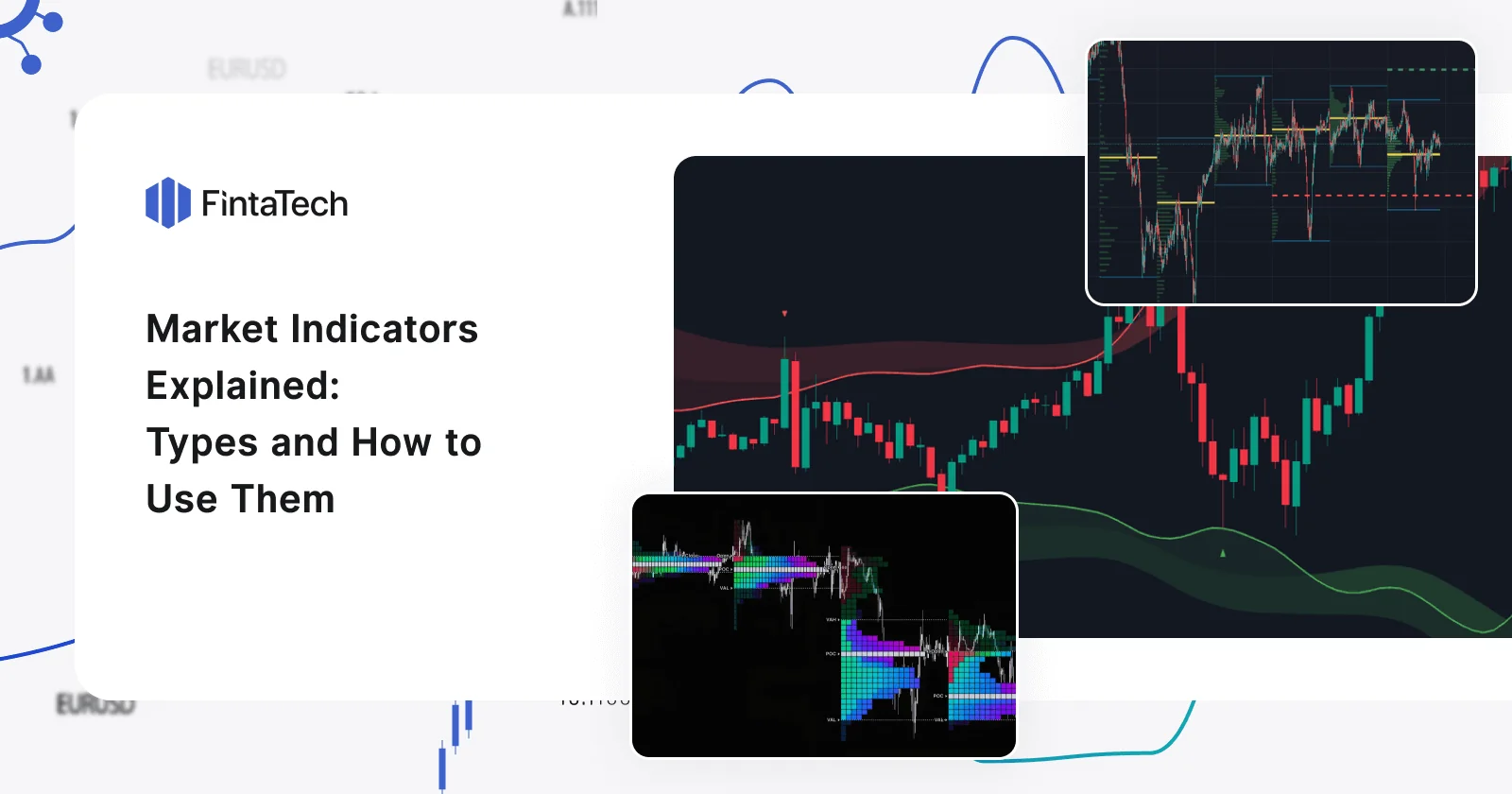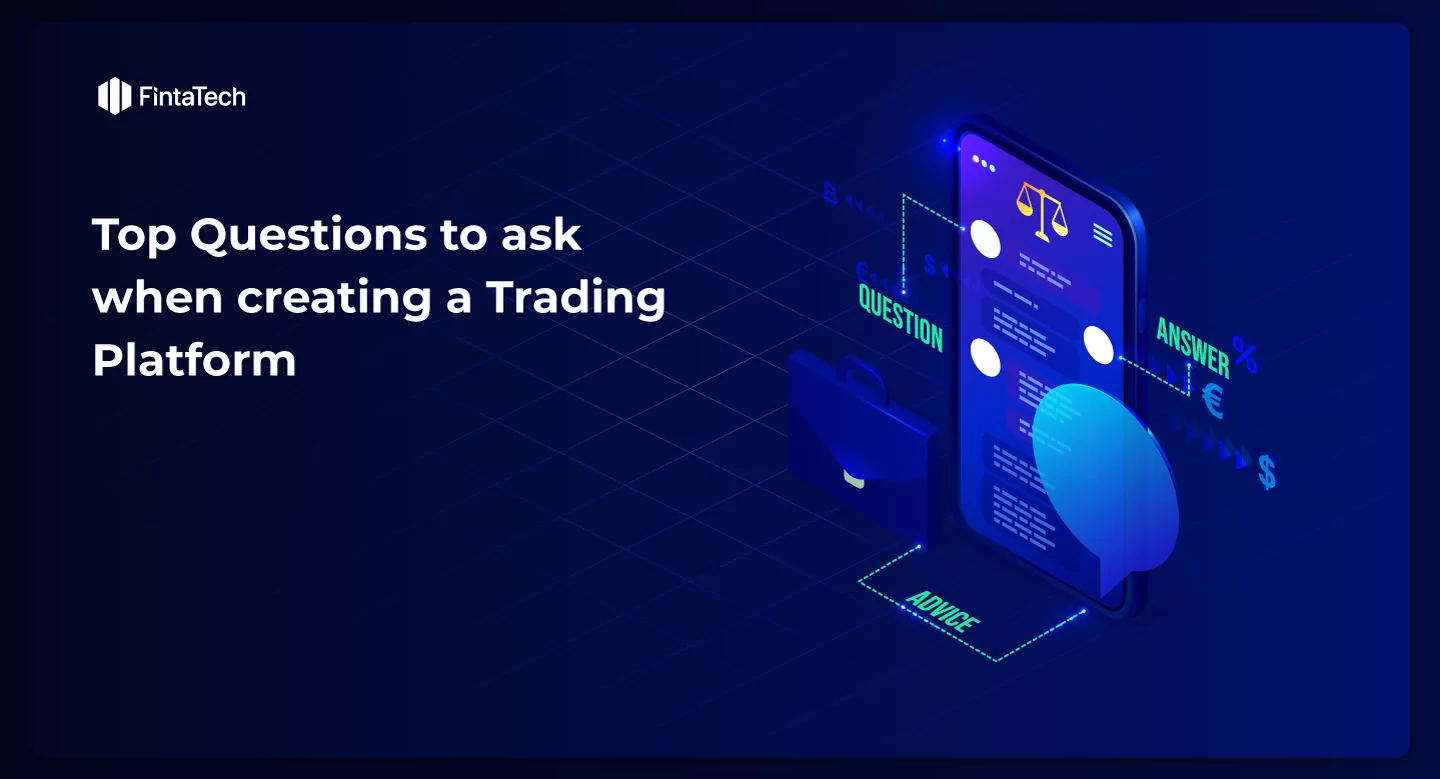Entering the investment market has traditionally meant years of product development, compliance hurdles, and infrastructure headaches. But not anymore. White-label equity platforms are revolutionizing the way fintech startups, financial advisors, and even influencers enter the world of investing fast, legally, and with minimal risk.
If you’re looking to expand your financial services or diversify your revenue streams, white-label equity is the smart way in.
What Is White-Label Equity?
White-label equity refers to investment platforms or financial products that are developed and managed by a third-party provider but are rebranded and offered under your own business name. It’s like offering a premium service without having to build the technology or infrastructure yourself.
In this model:
- You own the brand and the client relationship
- The provider handles the tech, compliance, and backend operations
This approach allows startups, fintech companies, brokerages, and financial advisors to quickly launch fully functional investment platforms—without the time, cost, and regulatory complexity of doing it from scratch.
Example:
A fintech startup can launch a branded stock trading app using a white-label provider. The app looks and feels like their own product, but all the trading operations, portfolio management tools, and compliance features are powered behind the scenes by the white-label partner.
Why White-Label Equity Is a Smart Move
Launching an investment product used to be reserved for large institutions with deep pockets and regulatory teams. But with the rise of white-label equity platforms, this landscape has fundamentally changed.
Whether you’re a fintech founder, wealth advisor, or even a digital content creator with a strong finance-savvy audience, white-labeling offers an agile, low-risk, and cost-effective entry point into the investment market. Here’s how it gives you a strategic edge:
1. Fast Market Entry
Time is a critical asset in the financial industry. Market opportunities come and go fast—and the ability to act on them can define your success.
With a white-label platform, you can go from idea to launch in just 30 to 90 days, compared to the 12–24 months it typically takes to build from scratch.
Speed matters when:
- A trending sector (like AI, green energy, or crypto) emerges
- You’re validating a new fintech product or service
- You want to launch a proof-of-concept or MVP with investors
With a ready-built infrastructure, you focus only on your front-end, branding, and go-to-market strategy.
2. Cost-Efficiency
Building your own trading system is expensive—and not just in terms of development. You’ll need to cover:
- Licensing and regulatory applications
- Secure trading and data environments
- Legal and compliance experts
- Infrastructure and 24/7 tech support
With white-label equity, you pay a fraction of the cost, often via a flat monthly fee or revenue share. This means:
- Lower upfront capital requirements
- Predictable operational expenses
- More room in your budget for marketing, acquisition, or partnerships
Ideal for startups, boutique firms, and scale-ups who want to stay lean and flexible.
3. Built-In Compliance
The financial industry is among the most heavily regulated sectors worldwide. Every market you enter has its own licensing standards, KYC/AML requirements, and audit expectations.
Top-tier white-label providers include:
- Integrated KYC/AML verification flows
- Real-time regulatory reporting
- Custodian & clearing partner integrations
- GDPR, PCI DSS, and ISO-compliant frameworks
You save time and avoid legal pitfalls by using a system that’s already designed to be regulator-ready.
4. Custom Branding and User Experience
Even though the engine is shared, the experience is 100% yours.
With white-label platforms, you can:
- Design custom interfaces (web + mobile)
- Apply your own branding, color palette, tone, and layout
- Define onboarding flows, dashboard layouts, and feature sets
Whether you’re appealing to Gen Z investors, HNWIs, or institutions, the user experience can be tailored accordingly, ensuring it aligns with your brand identity and customer needs.
You control the look and feel. Users see your platform, not your vendor.
5. Access to Expert-Level Portfolio Management
Launching an investment platform doesn’t mean you need to hire portfolio managers or build strategies from zero. Many white-label partners include:
- Pre-built robo-advisory logic
- ESG & thematic portfolios
- Access to professional strategy libraries
This gives your users immediate access to sophisticated investment opportunities—and positions your brand as a trusted, modern financial player.
You deliver value to clients without needing an in-house asset management team.
White-Label vs. Building From Scratch
When entering the investment market, businesses typically face two choices: build a custom platform from the ground up or partner with a white-label provider. While both paths can lead to success, the white-label approach offers a streamlined, lower-risk alternative, especially for companies looking to move fast without sacrificing quality or compliance.
| Aspect | White-Label Equity | Custom-Built Platform |
|---|---|---|
| Time to Market | Weeks to launch | 12–24 months |
| Upfront Cost | Low to medium | Very high |
| Compliance | Prebuilt & included | Must build or license separately |
| Maintenance | Handled by provider | Handled in-house |
| Customization | High (branding, UX) | Total control (but complex) |
| Scalability | Built-in | Depends on architecture |
| Risk | Low (tested system) | High (technical & regulatory) |
Key Features to Look For in a White-Label Equity Platform
Choosing the right white-label equity platform means more than just launching fast it’s about offering a reliable, secure, and fully branded experience. Below are the key features that define a high-quality solution.

Key Things to Consider Before Launch
While white-label equity platforms offer a faster, smarter way to enter the investment market, choosing the right provider requires careful evaluation. This isn’t just about finding a vendor, it’s about selecting a strategic partner who will power the core of your user experience, compliance, and performance.
Before you commit, take the time to ask critical questions that go beyond basic features:
- Regulatory Readiness
Is the provider fully licensed or operating under a regulated framework in your target markets? Compliance is non-negotiable in the investment space. Ensure your partner offers built-in support for KYC/AML processes, local licensing requirements, and secure data handling that aligns with GDPR, PCI DSS, and other standards. - Control Over Branding & User Experience
Does the platform give you full freedom to shape the user interface, onboarding flow, and overall customer journey? The white-label experience should look and feel like it’s 100% yours—from login screens to client dashboards. - Pricing Flexibility
Understand how the pricing model works: is it a flat monthly rate, a percentage of assets under management (AUM), per-transaction fees, or a mix? Choose a model that aligns with your growth stage and revenue structure. Also, be clear about hidden fees, long-term contracts, or minimum commitments. - Feature Expansion
Can the platform grow with you? Look for modularity and flexibility to add asset classes (like crypto or ESG funds), integrate APIs, launch new investment products, or expand into new geographies without replatforming. - Onboarding Experience
What does it take for your clients to start using the platform? A smooth, intuitive onboarding process is key to retention and trust. Evaluate how KYC checks, deposits, account creation, and support are handled, especially for non-technical users. - Support & SLAs
A responsive support team and clear service-level agreements (SLAs) can make or break your launch. Ask how fast issues are resolved, what’s included in technical support, and whether a dedicated account manager is provided.
Taking the time to assess these areas will help ensure you partner with a platform that not only meets your technical needs but also aligns with your business goals, target market, and long-term strategy.
Conclusion
White-label equity platforms have opened the doors for fintech innovators, financial advisors, and digital brands to enter the investment market with speed, confidence, and scalability. By outsourcing the technical and regulatory complexities to a trusted provider, businesses can focus on what truly matters: building customer relationships, growing their brand, and delivering real value.
Whether you’re launching a fully branded trading app or adding investing features to an existing platform, choosing the right white-label partner can dramatically reduce your time to market and long-term operational risk.
In today’s competitive financial ecosystem, agility is everything. With the right strategy and the right platform, you don’t just enter the market — you lead it.





Twitter
Linkedin
Facebook